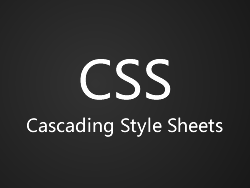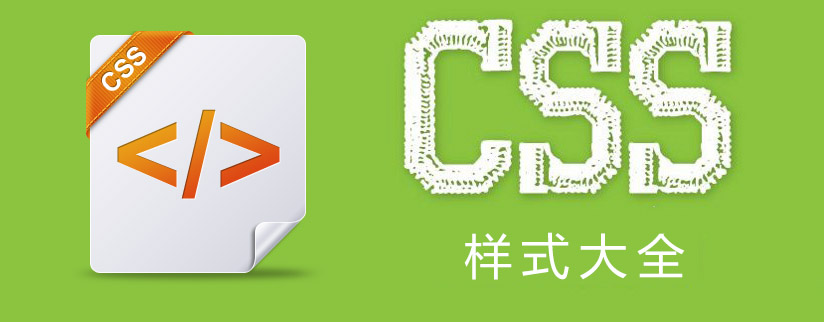
In the previous times, we talked about the id selector and class selector respectively, as well as their differences and connections. Let’s explore the magical classes and pseudo-elements together. In fact, I was confused about pseudo-classes and pseudo-elements before, but now I decided to peel off its mysterious coat. First of all, what is a pseudo-class? What are pseudo elements? Understanding of pseudo-classes and pseudo-elements: Official explanation: Pseudo-classes were initially used to represent the dynamic status of some elements, typically the various statuses of commonly used links (link, active, hover, visited). Later, the CSS2 standard was expanded Its conceptual scope makes it a "ghost" category for all logically existing but unidentified categories in the document tree. Pseudo elements represent the sub-elements of a certain element. Although this sub-element exists logically, it does not actually exist in the document tree, such as the after, before, etc. we usually use. My rough understanding is that a pseudo-class is a class that does not need to be identified, and a pseudo-element is an element, but it does not exist in the document tree. Regarding usage: pseudo-classes are preceded by a colon, and pseudo-elements are preceded by two colons. E:first-child pseudo-class, E::fir
1. Summary of css common attributes pseudo-elements and pseudo-elements
Introduction: In the previous times, we talked about the id selector and class selector respectively, as well as their differences and connections. Let’s explore the magical classes and pseudo-elements together.
2. CSS commonly used attributes color and unit

##Introduction: In writing CSS code, estimating color and unit is essential. However, there are many ways to write color and unit values in CSS, so it is necessary to clarify it.
3. Initial summary of common css properties: id and class selectors

Introduction: A preliminary summary of common CSS properties. The first bullet: id and class selectors

Introduction: Regarding CSS attributes, I recommend reading the manual for more details and convenience. I will classify several common attributes here and Simply take a few common attribute values, only for people like me who are just learning front-end as a starting point.
5. Summary of Common CSS Properties Four

6.
Summary of Common CSS Properties Three

7.
Summary of common CSS properties 2

8.
Summary of common CSS properties one
Introduction: ********* CSS common properties *********z-index:auto (default value) retrieves or sets the stacking order of objects. For parallel objects, the larger the value of this attribute parameter, the higher they will be stacked on top. For example, this attribute of two objects has 9. CSS common attributes and values_html/css_WEB-ITnose Introduction: CSS common properties and values
The above is the detailed content of Detailed introduction to common CSS properties. For more information, please follow other related articles on the PHP Chinese website!
 How to solve garbled tomcat logs
How to solve garbled tomcat logs
 What are the life cycles of vue3
What are the life cycles of vue3
 What should I do if my C drive turns red?
What should I do if my C drive turns red?
 How to buy Ripple in China
How to buy Ripple in China
 How to solve the problem that wlan does not have a valid ip configuration
How to solve the problem that wlan does not have a valid ip configuration
 What to do if the documents folder pops up when the computer is turned on
What to do if the documents folder pops up when the computer is turned on
 Can Douyin short videos be restored after being deleted?
Can Douyin short videos be restored after being deleted?
 Mobile phone encryption software
Mobile phone encryption software




